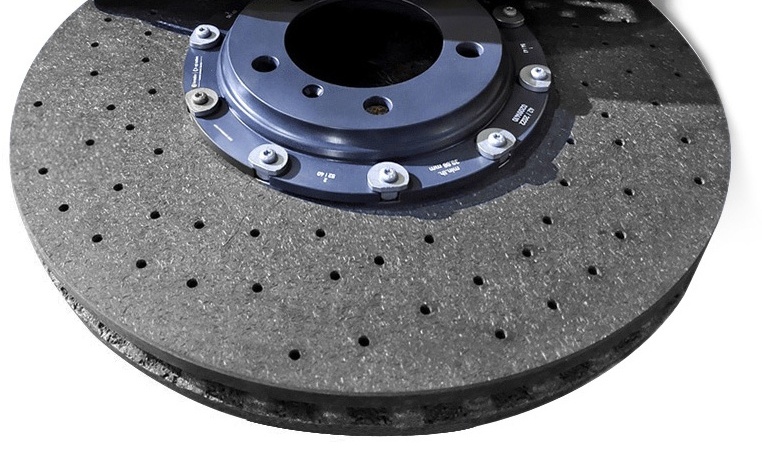Carbon Fiber Body Kits vs Regular Body Kits
In today's automotive landscape, sustainability is a hot topic, with drivers increasingly seeking eco-friendly options for vehicle customization. When it comes to body kits, carbon fiber has emerged as a popular choice for enthusiasts looking to minimize their environmental footprint. But are carbon fiber body kits truly more environmentally friendly than regular body kits? Let's explore this question and unravel the ecological implications of both options.
Carbon fiber body kits are popular because they're light, strong, and last a long time. They're made from a mix of carbon fiber and plastic, which makes them tough but not heavy. On the other hand, regular body kits are usually made from heavier materials like fiberglass or plastic, which aren't as strong and don't last as long.
One of the key environmental advantages of carbon fiber body kits lies in their production process. Carbon fiber manufacturing involves fewer emissions and energy consumption compared to traditional materials like fiberglass or plastic. Additionally, carbon fiber can be recycled and reused, further reducing its environmental impact over the long term.
Furthermore, carbon fiber body kits contribute to fuel efficiency by reducing the overall weight of the vehicle. Lighter cars require less fuel to operate, resulting in lower greenhouse gas emissions and reduced environmental harm. This weight reduction also translates to improved performance, making carbon fiber body kits a win-win solution for both drivers and the planet.
Regular body kits, on the other hand, often require more energy-intensive production processes and generate higher levels of waste. Fiberglass production, for example, involves the use of resins and chemicals that can be harmful to the environment if not properly managed. Additionally, fiberglass and plastic body kits are less durable than carbon fiber, leading to a shorter lifespan and increased waste over time.
Another factor to consider is the disposal of old or damaged body kits. Carbon fiber components can be recycled and repurposed, minimizing their environmental impact at the end of their lifespan. In contrast, fiberglass and plastic body kits may end up in landfills, where they can take centuries to decompose, contributing to pollution and habitat degradation.
However, it's essential to note that the environmental impact of carbon fiber body kits isn't entirely free of concerns. The production of carbon fiber involves the use of resins and chemicals, which can have environmental consequences if not managed responsibly. Additionally, the process of recycling carbon fiber can be complex and energy-intensive, although advancements in recycling technology are continually improving.
In summary, while both carbon fiber and regular body kits have their environmental pros and cons, carbon fiber body kits generally offer a more sustainable option for vehicle customization. With their lightweight construction, durability, and potential for recycling, carbon fiber body kits help reduce emissions, conserve resources, and minimize waste.
However, it's essential for manufacturers and consumers alike to continue exploring ways to mitigate the environmental impact of automotive customization and promote sustainable practices throughout the industry.











